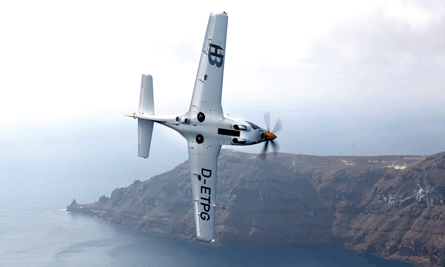FLIGHT TEST: Grob Aircraft G120TP - Pocket rocket

Grob's piston-powered G120A has been transformed into the G120TP, with a new nose section, digital cockpit and a turboprop engine. How does the revamped trainer perform?
Keep reading this article by becoming a FlightGlobal member now
PLEASE REGISTER FOR FREE OR SIGN IN TO CONTINUE READING

You have reached your limit of free articles for this period. Register for a FREE account to read this article and benefit from:
- Increased access to online news and in-depth articles from:
- FlightGlobal Premium covering the global aviation industry
- Airline Business providing insight for business leaders
- Weekly newsletters on topics across the industry
